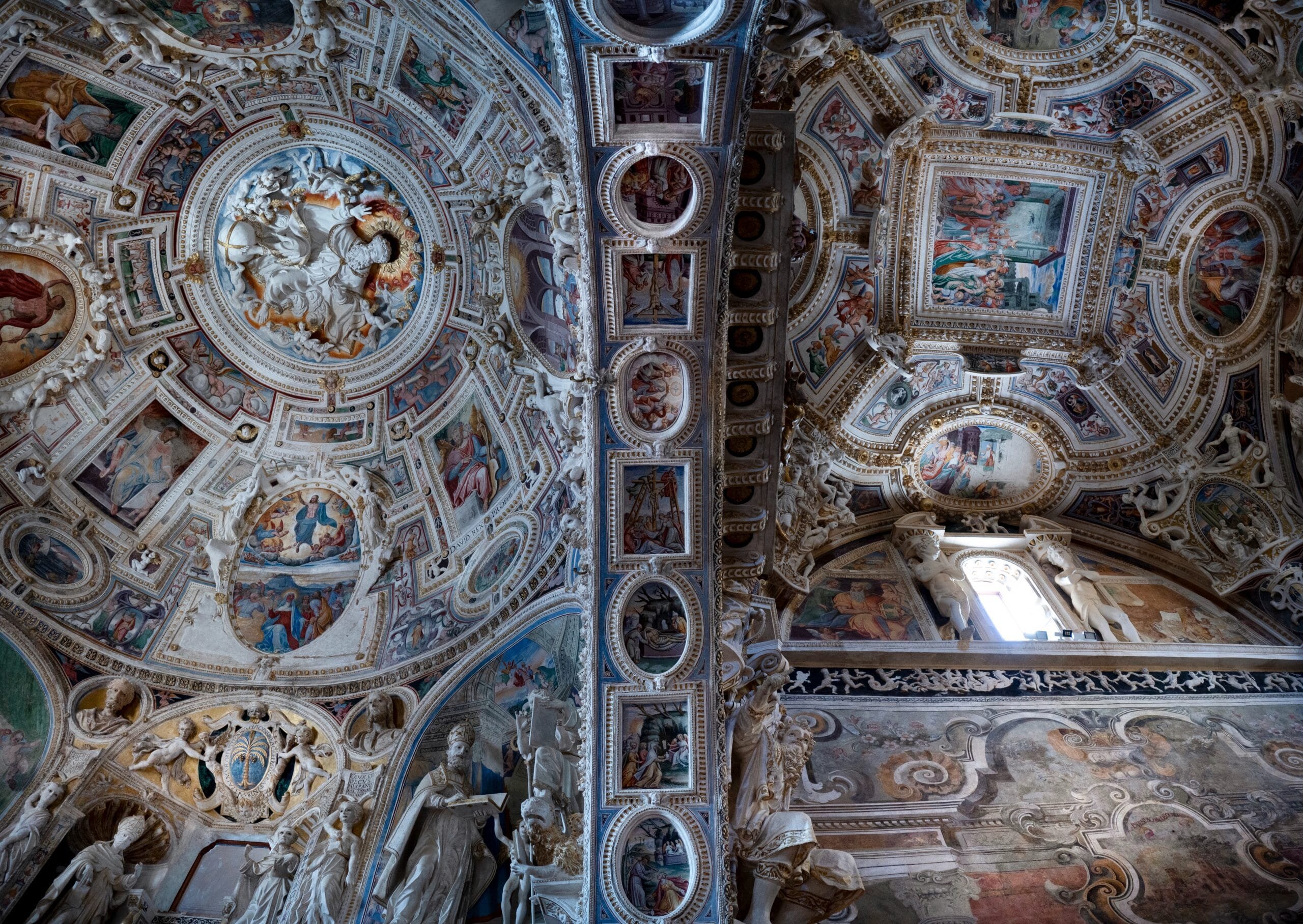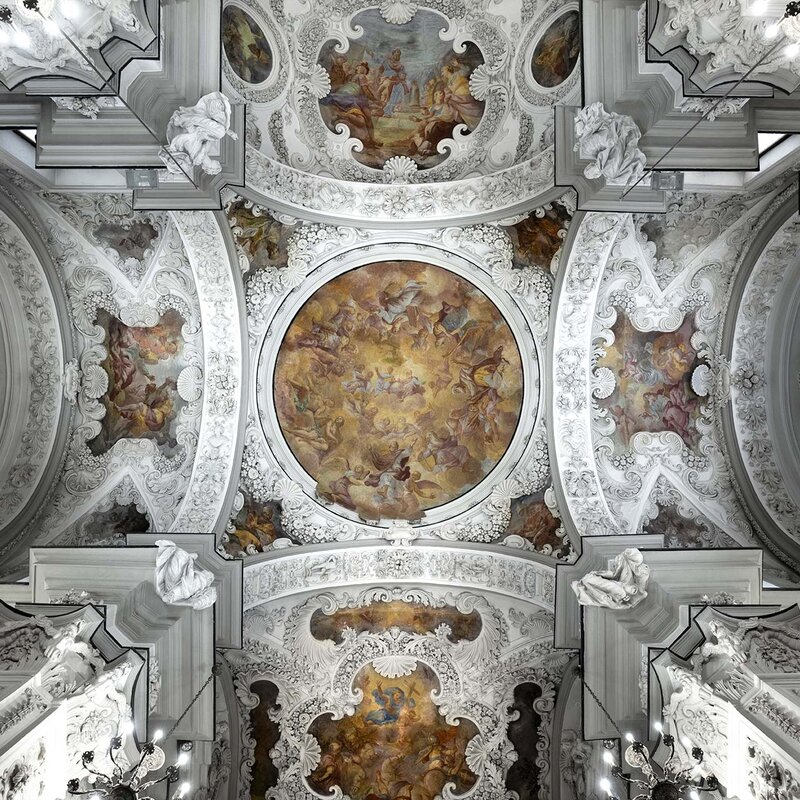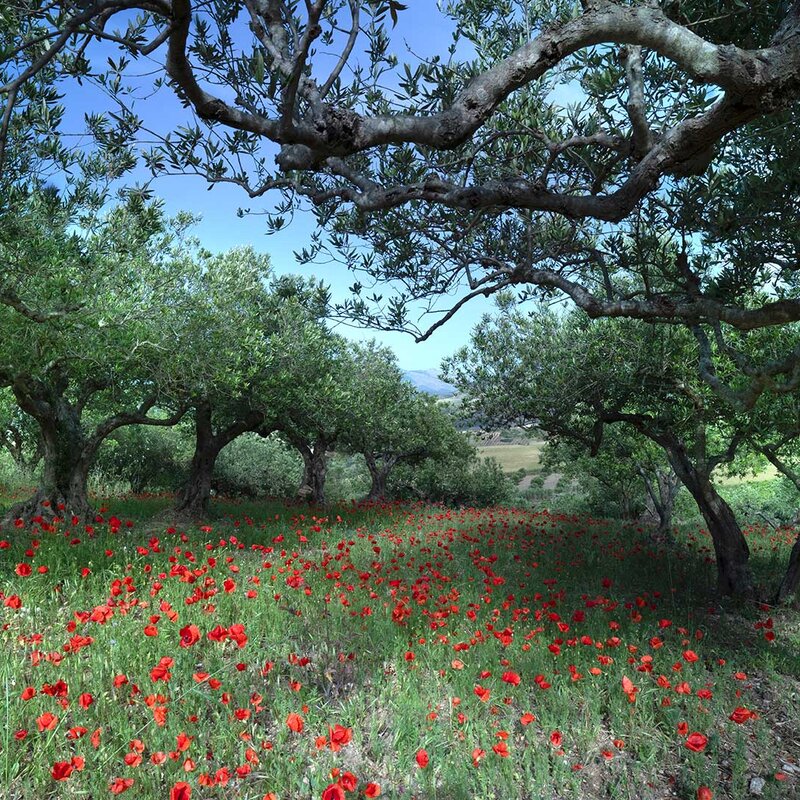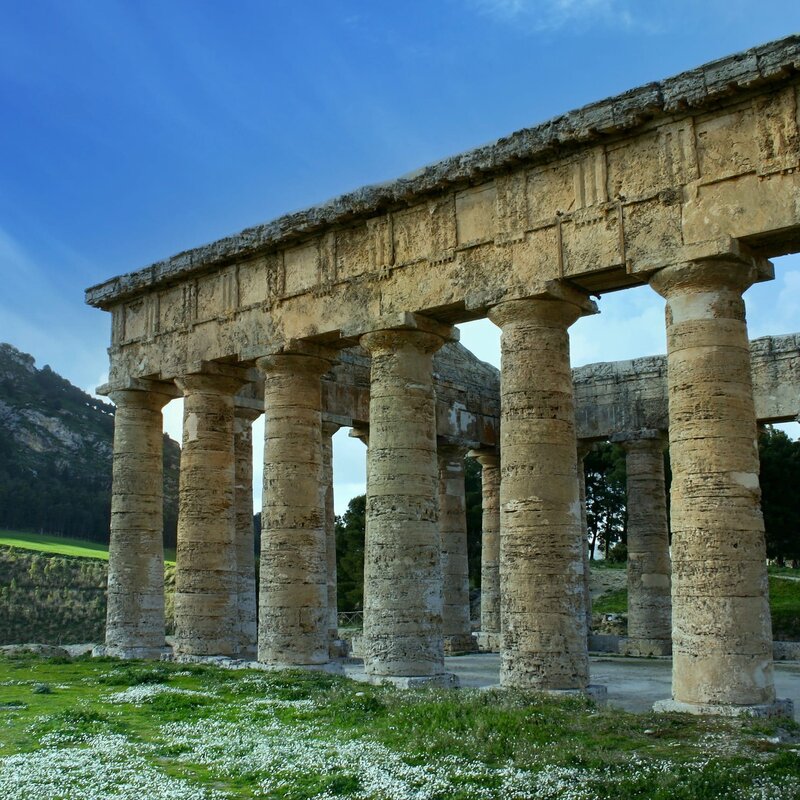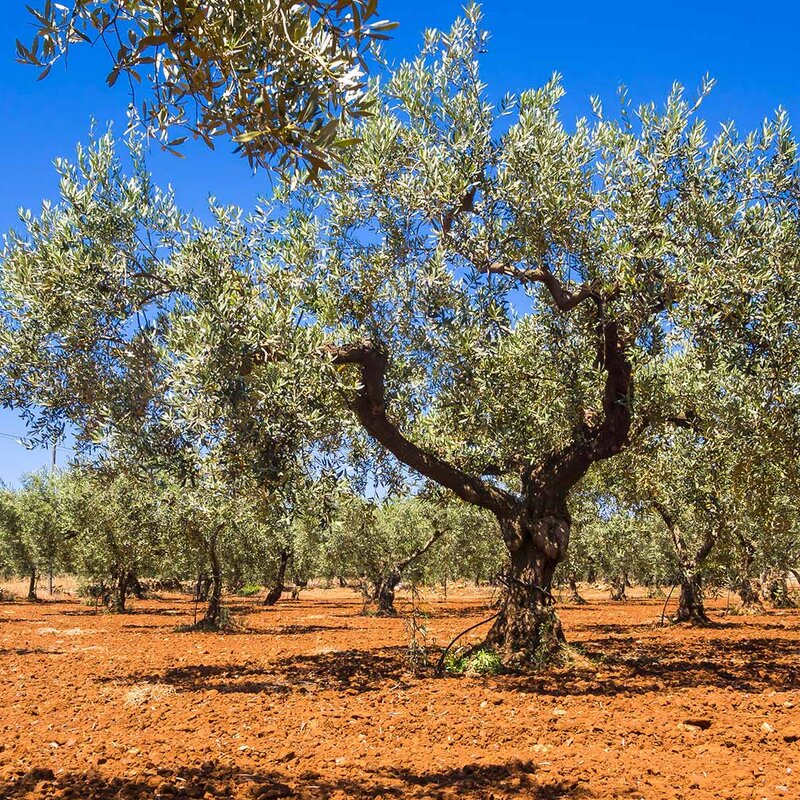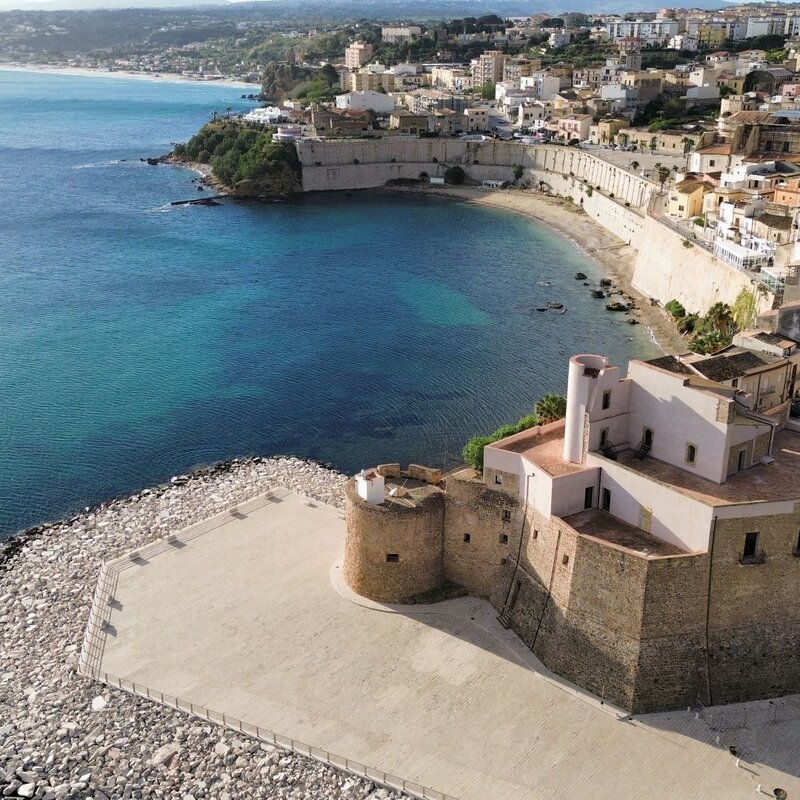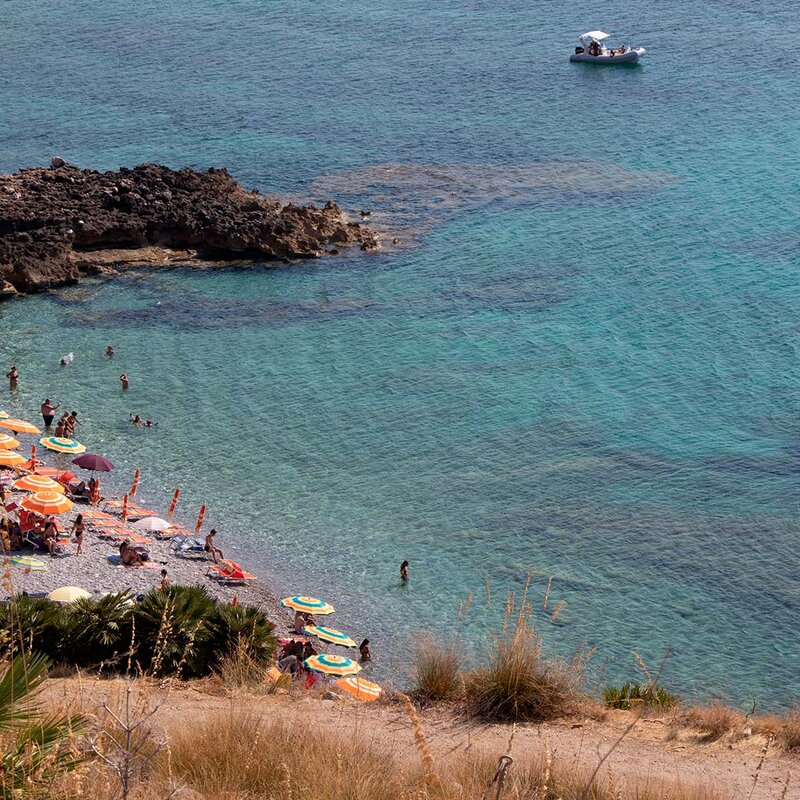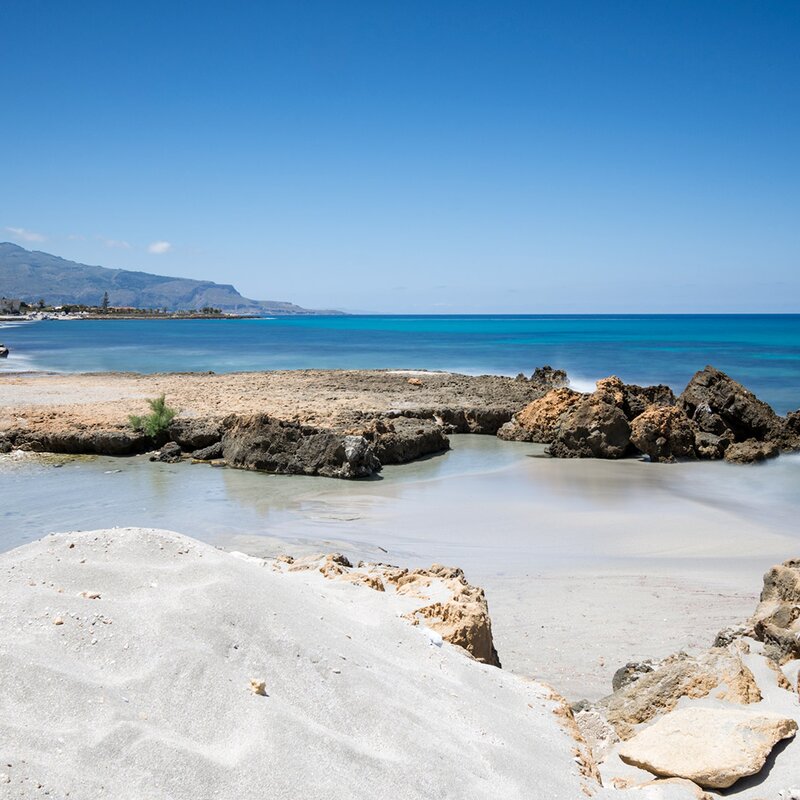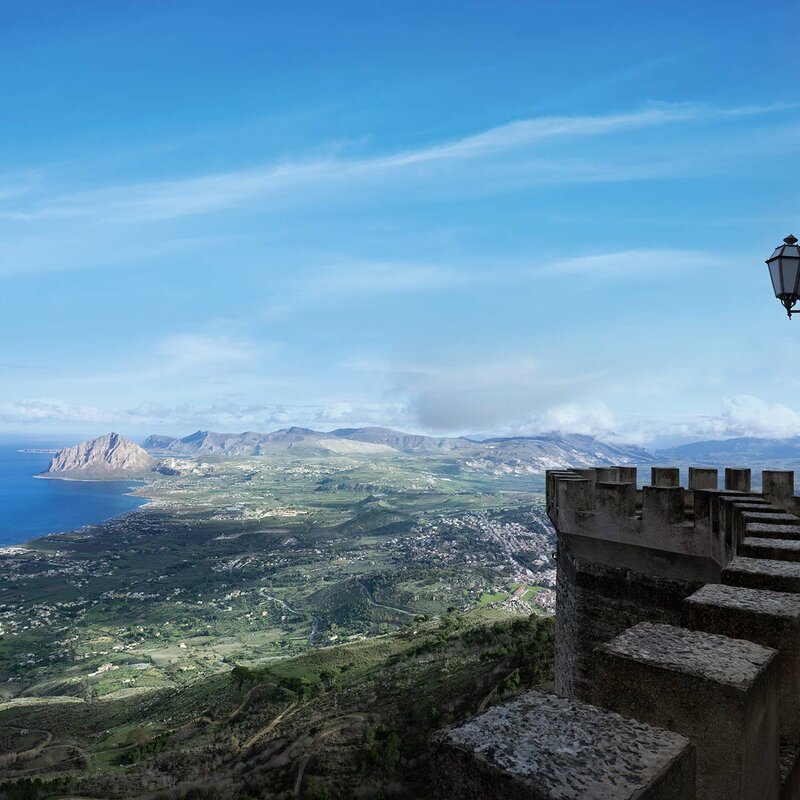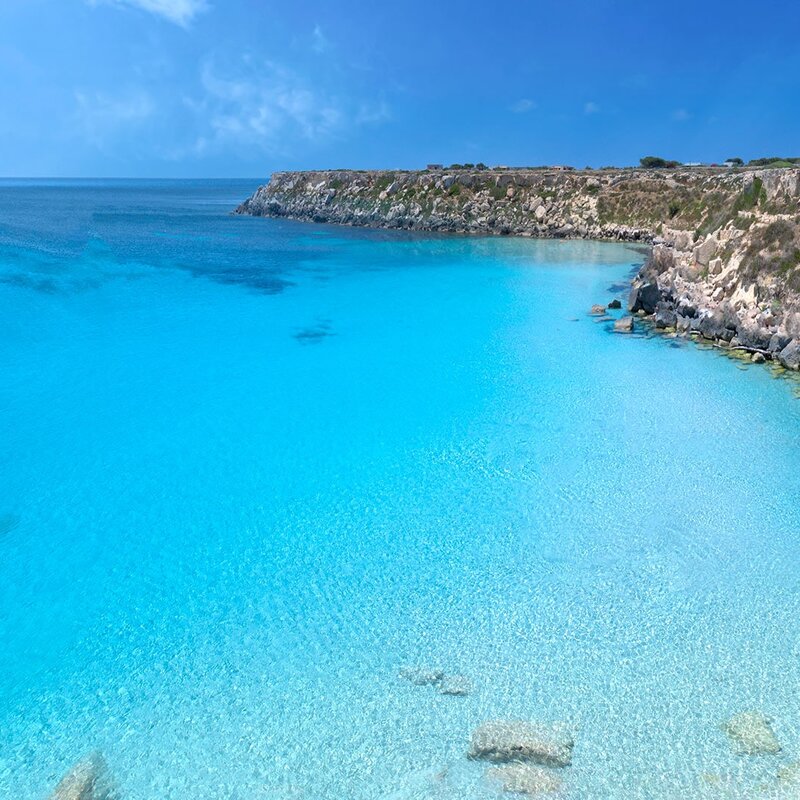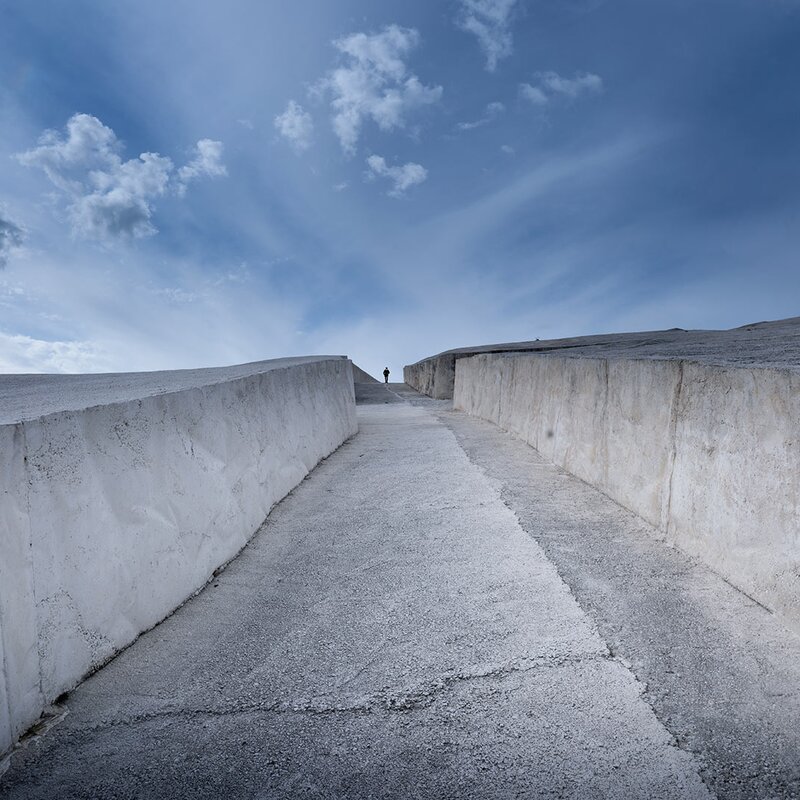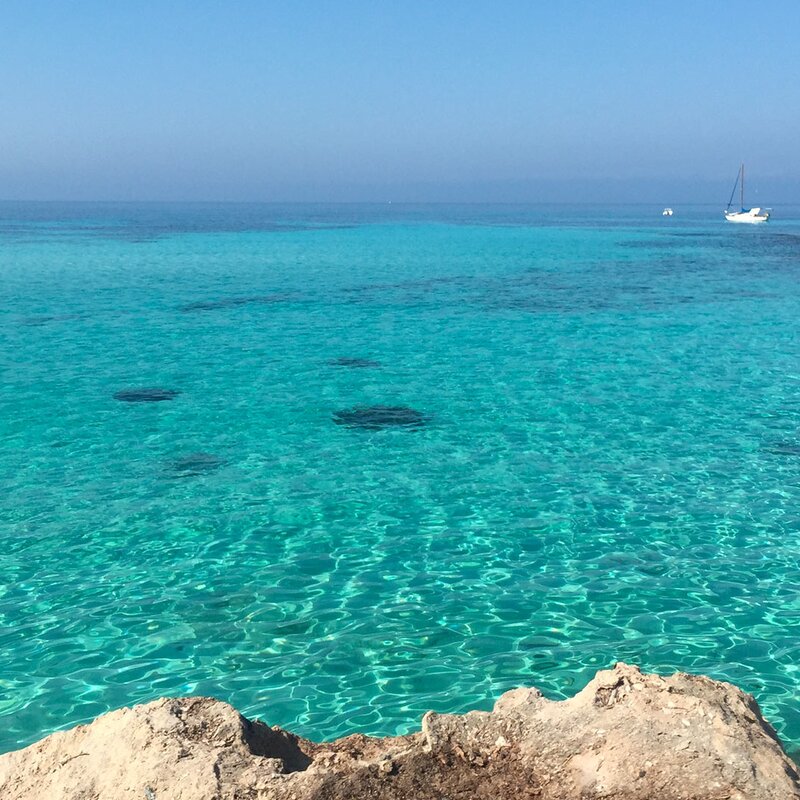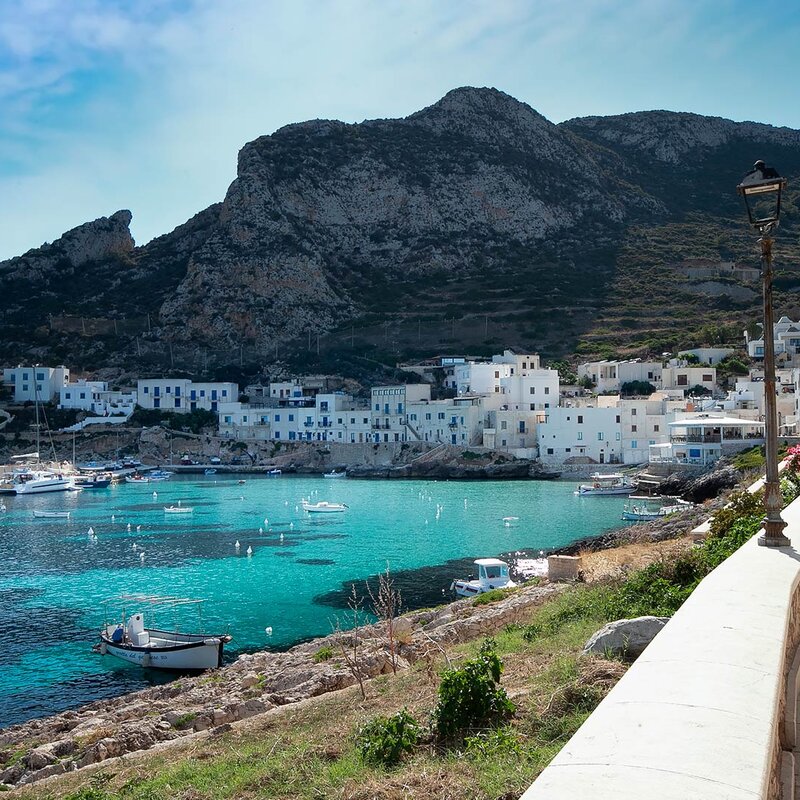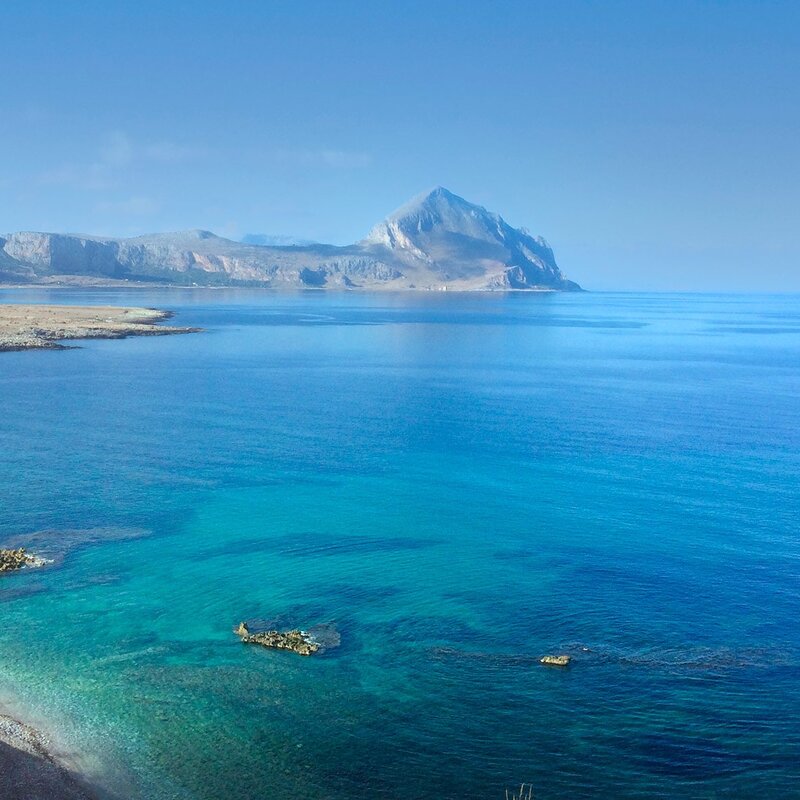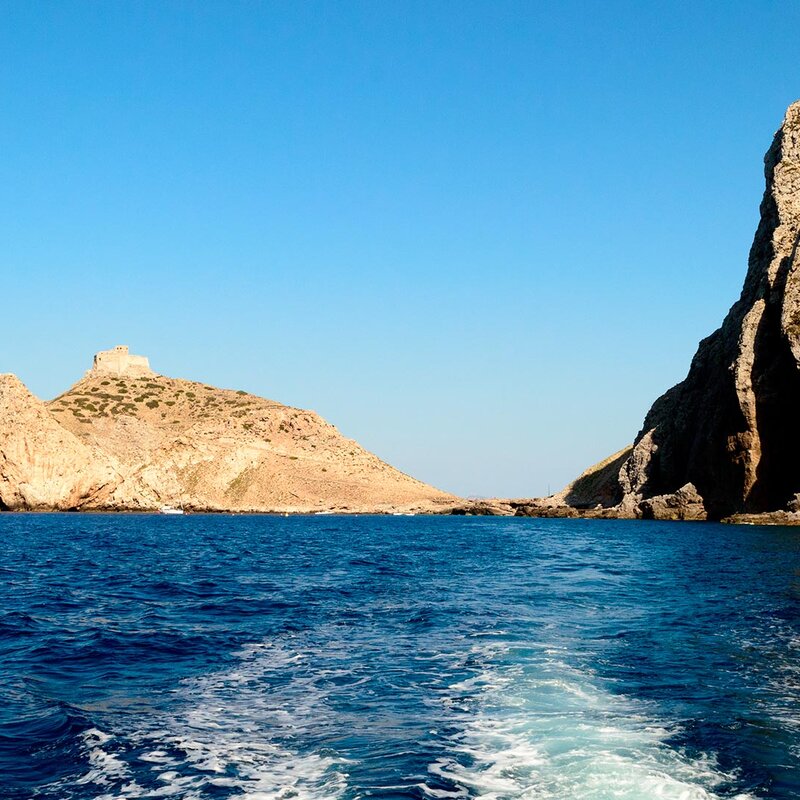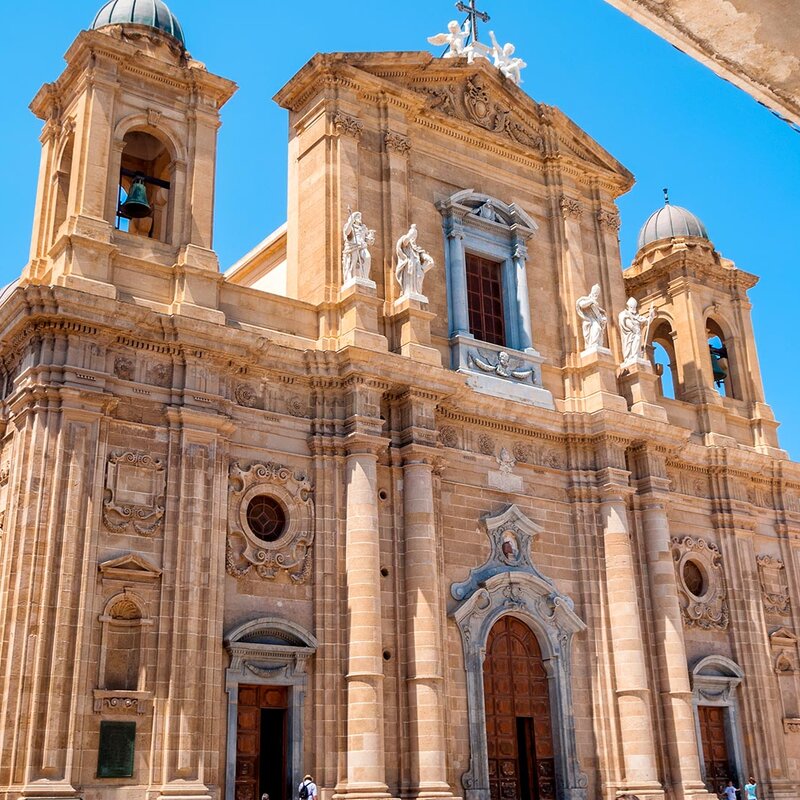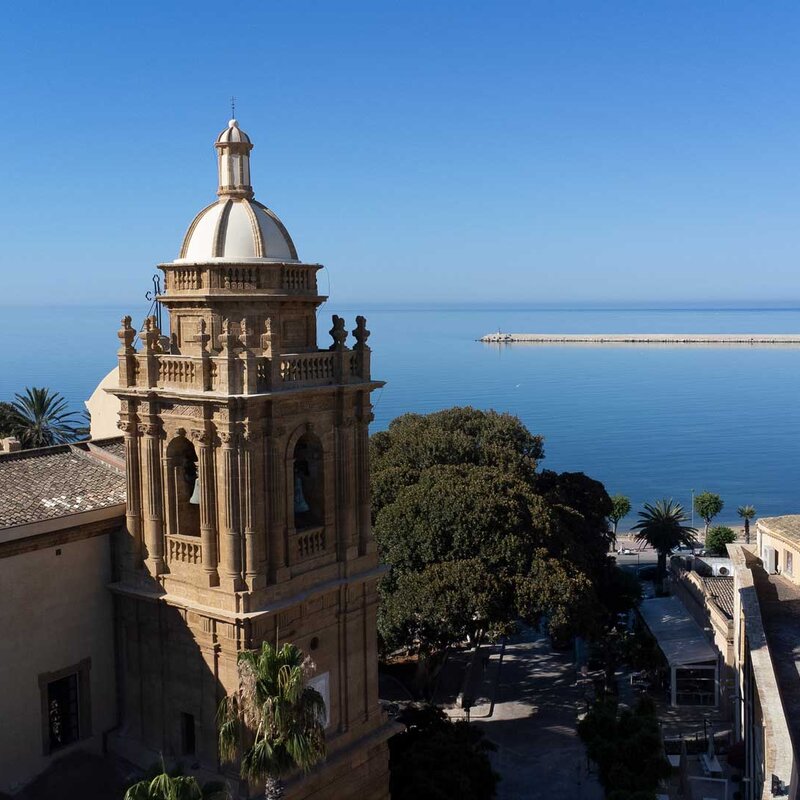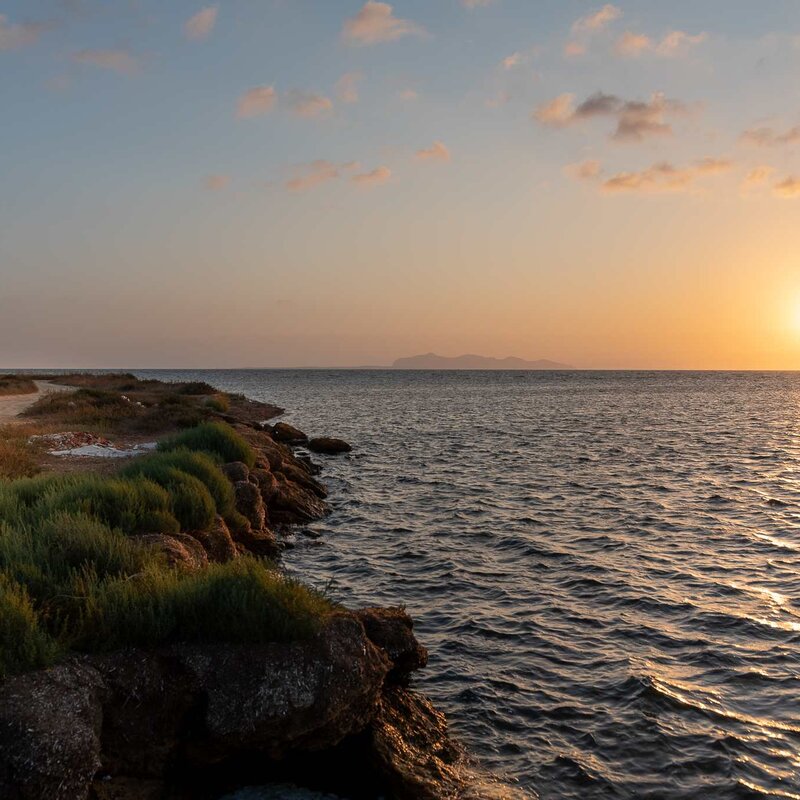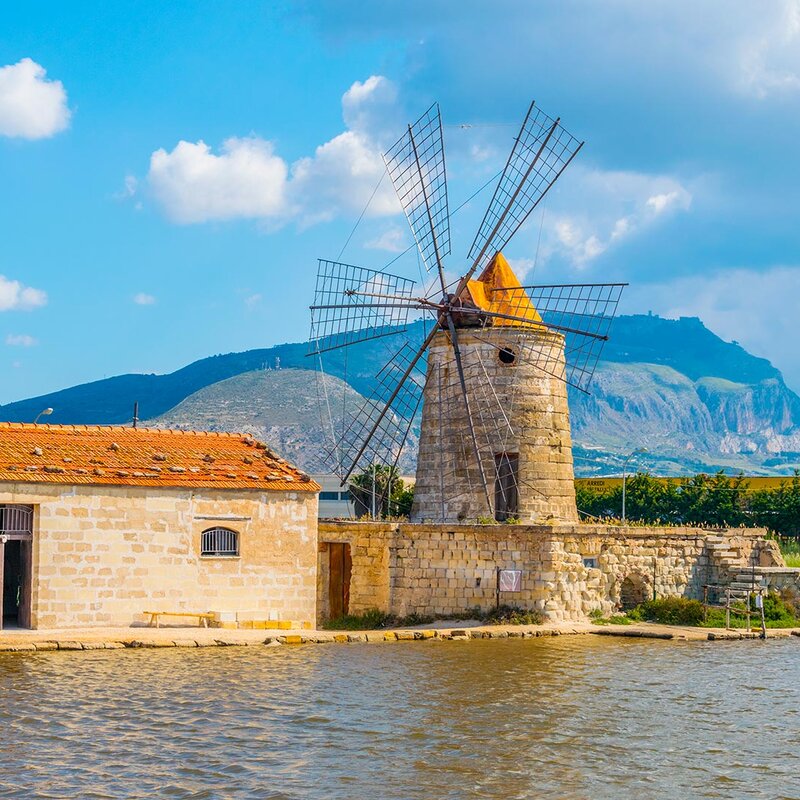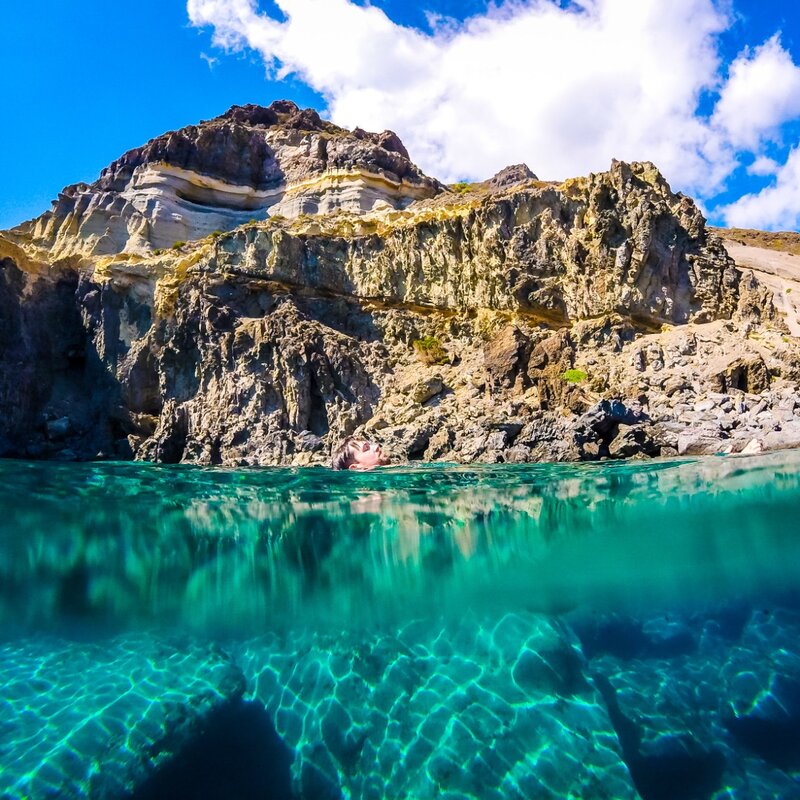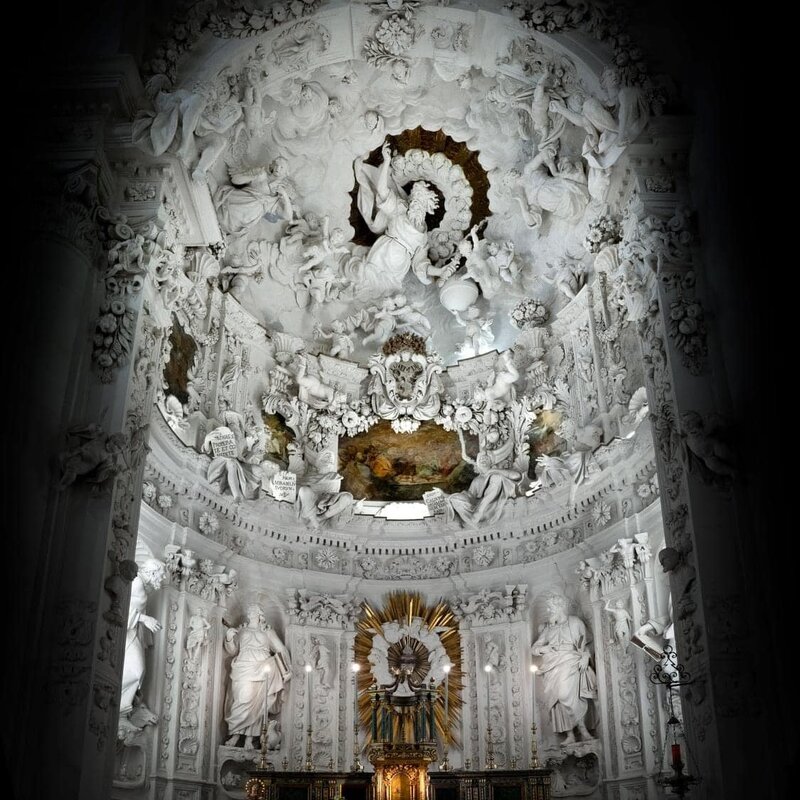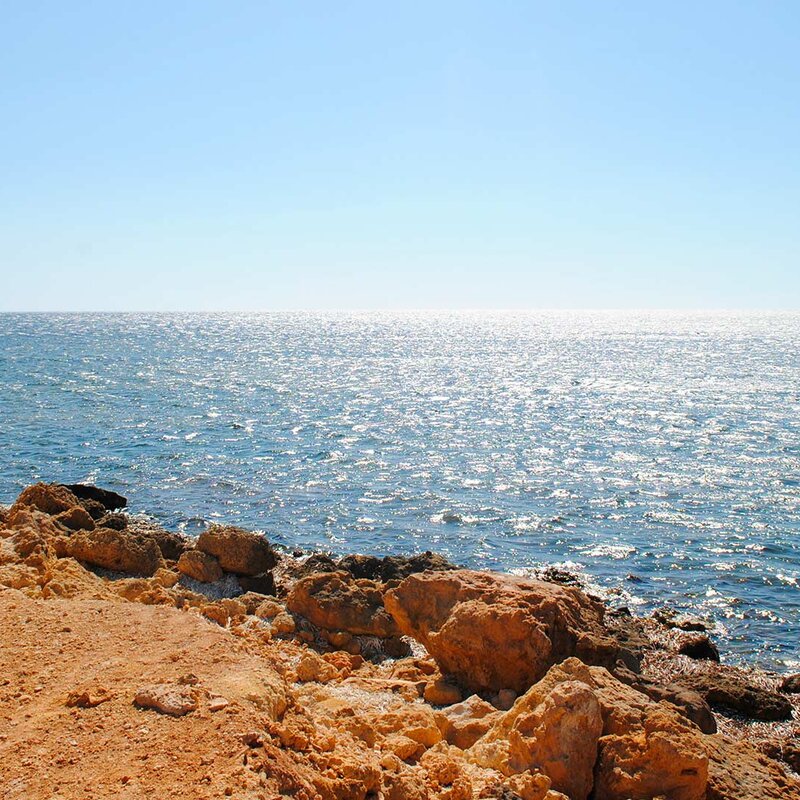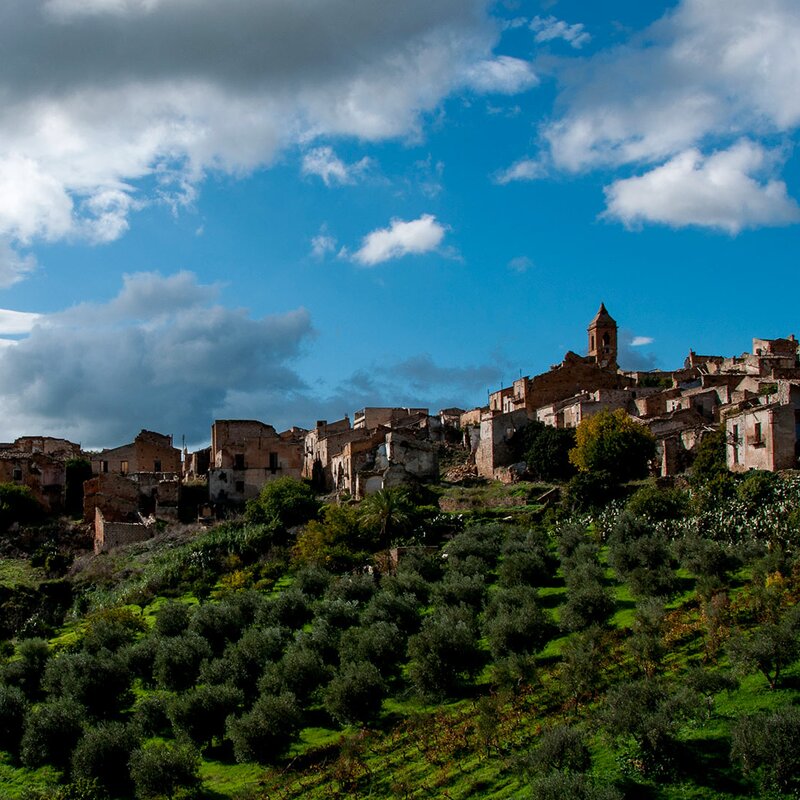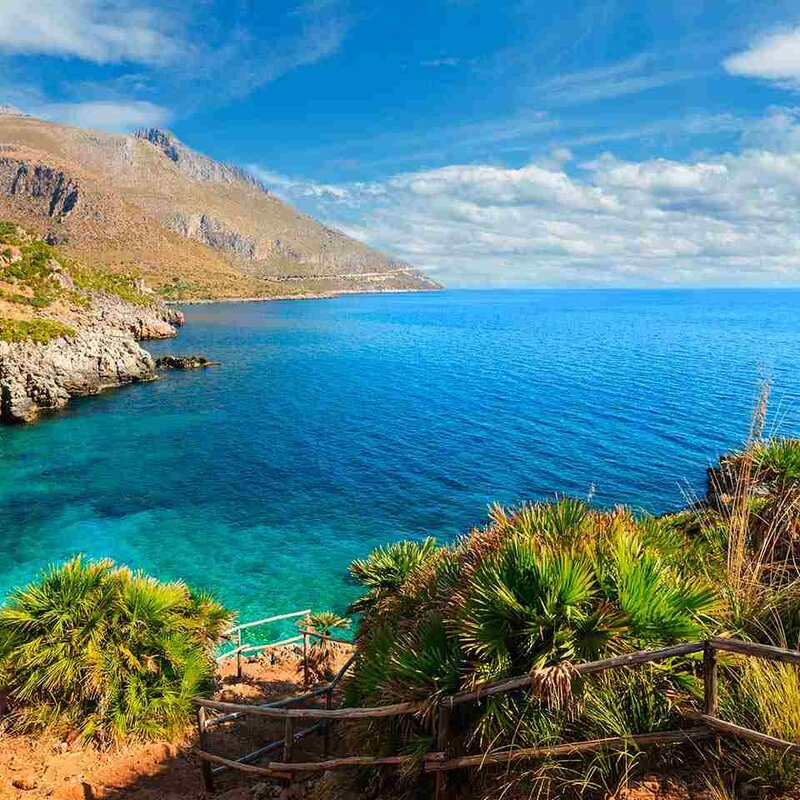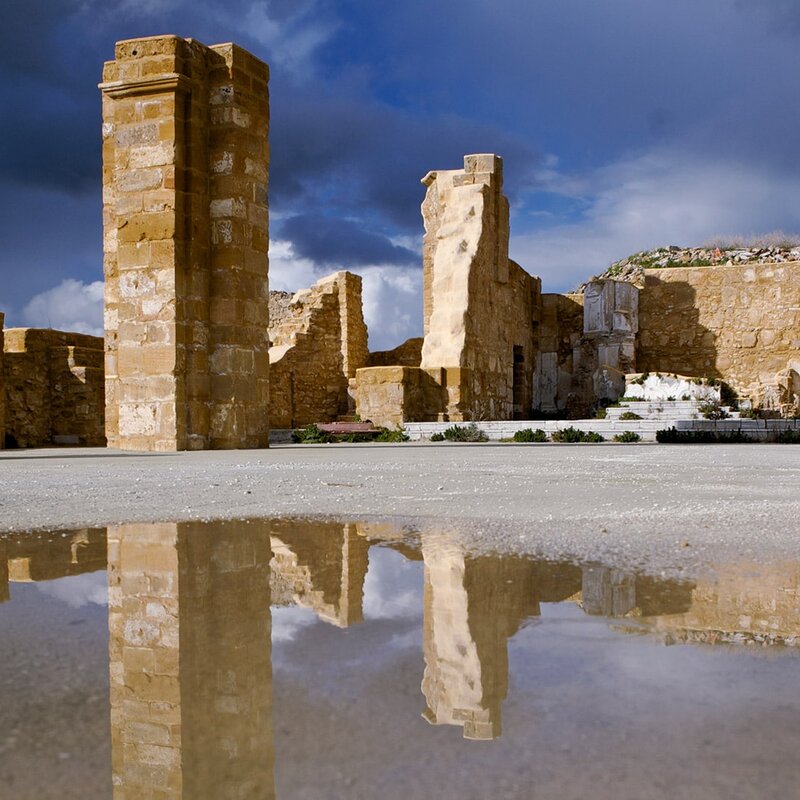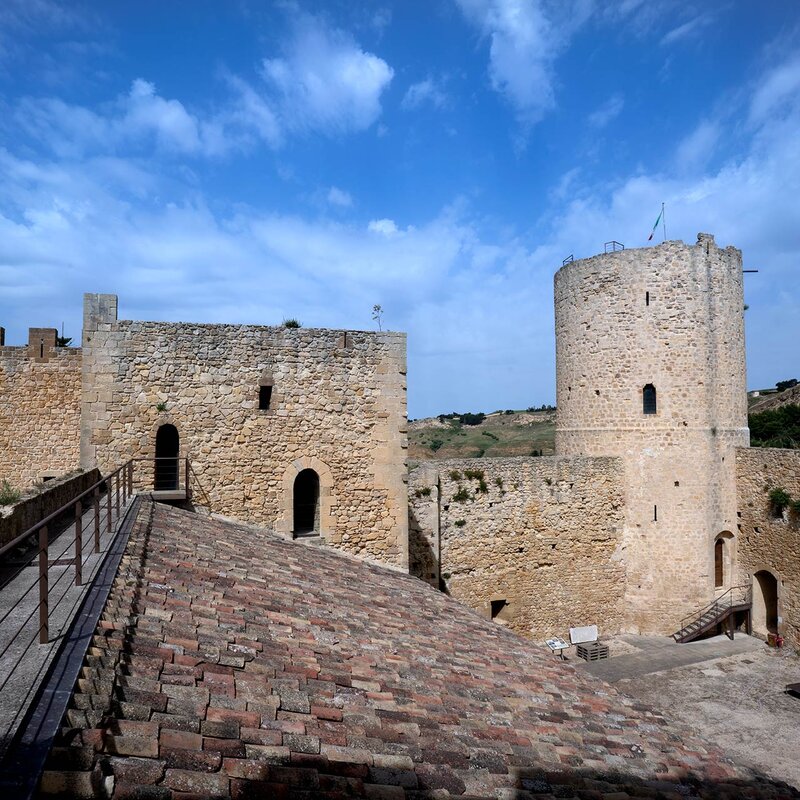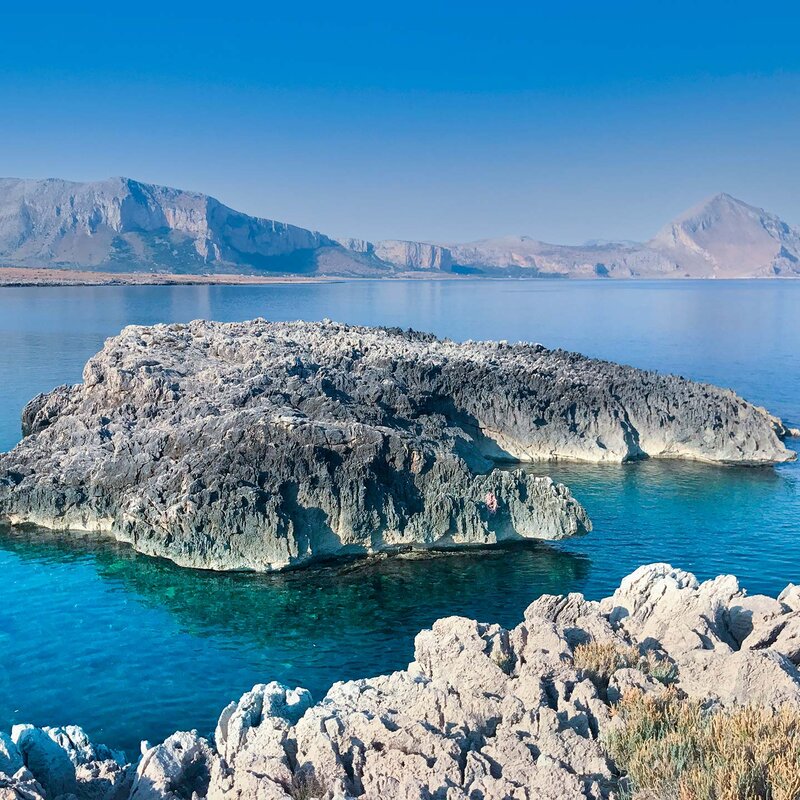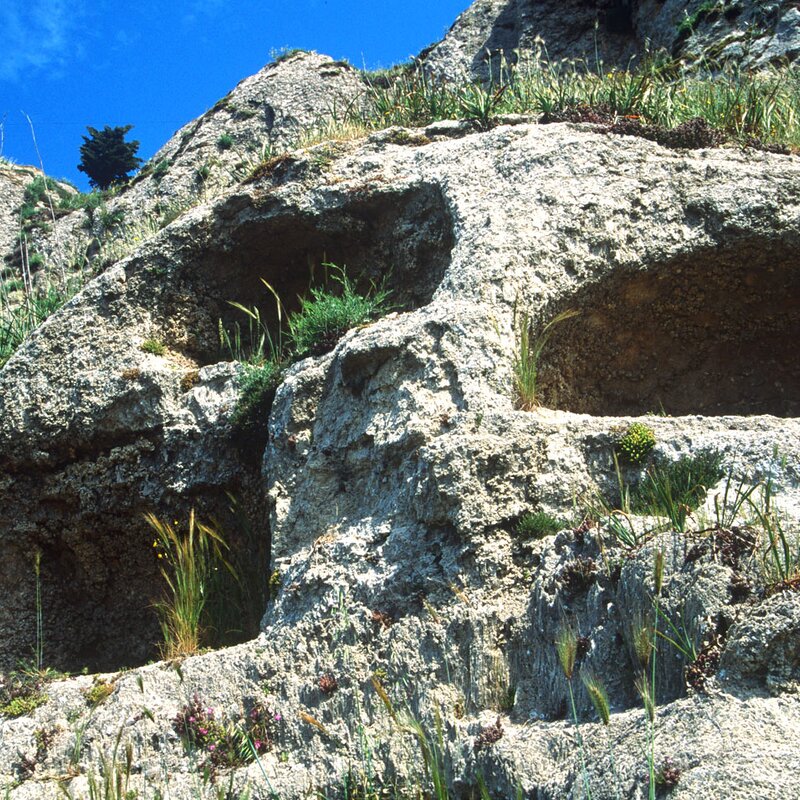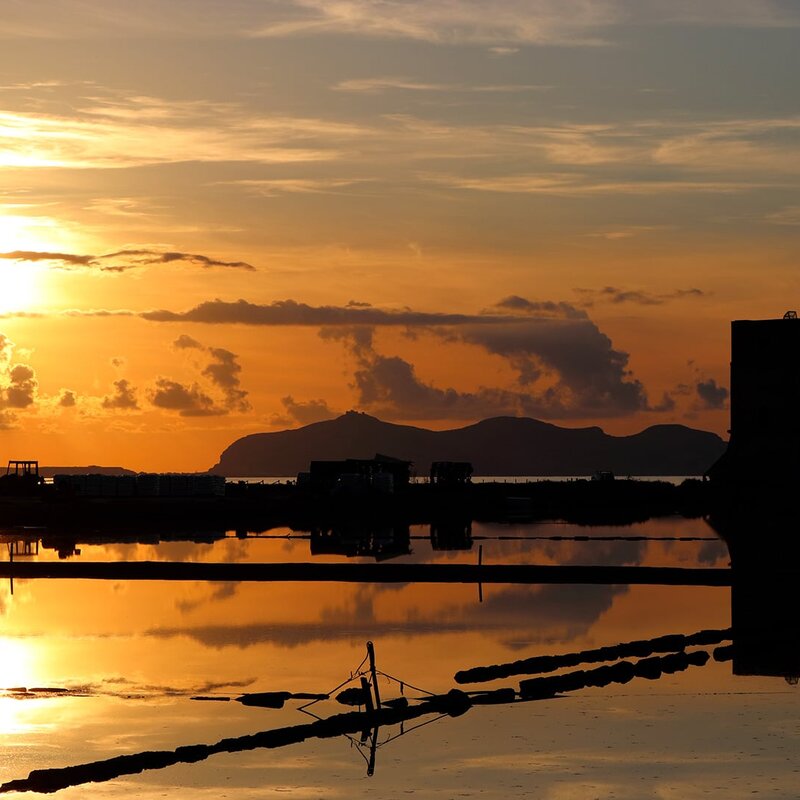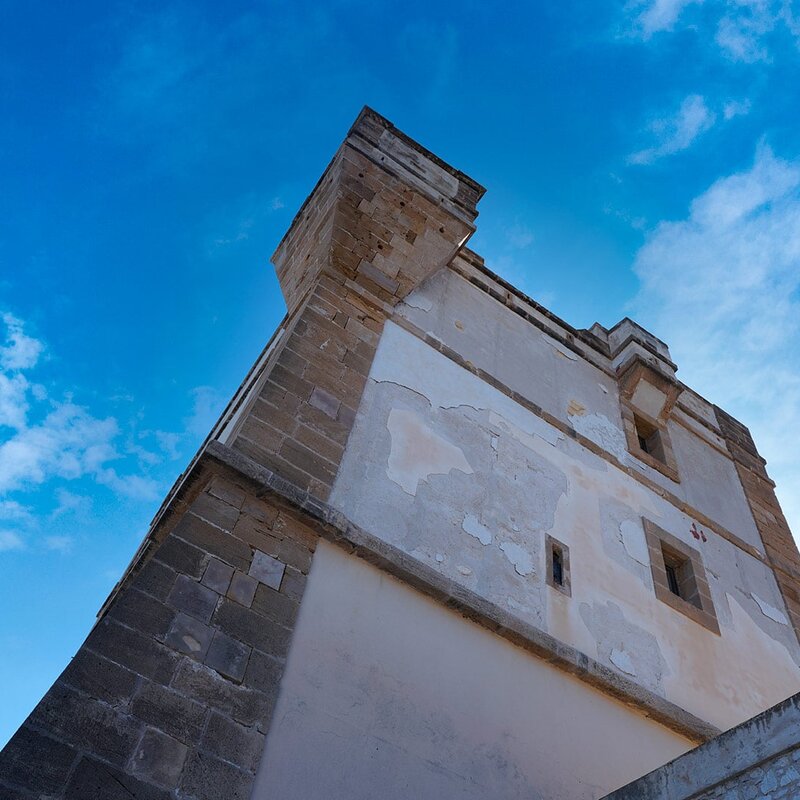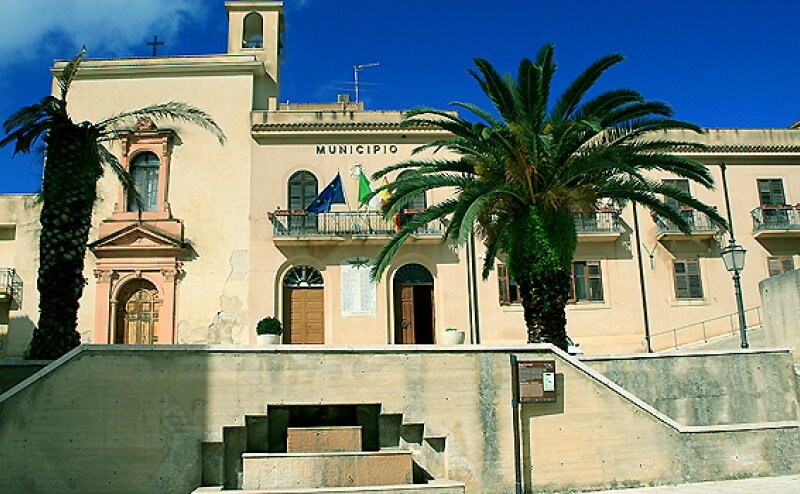Castelvetrano
Dunes, marsh vegetation and Mediterranean scrub probably represent a reasonable snapshot of what the Sicilian coastline must have looked like many centuries ago. There are, however, other treasures to be found in this town: one of the most significant cultural vestiges is undoubtedly the Church of San Domenico, which contains two exceptional vaults inspired by Michelangelo and Raphael, dating from the late 16th century and described by some as the “Sistine Chapel of the South”.
Of course, what has brought millions of tourists to Castelvetrano is one of the largest and most important archaeological sites in the world, the Archaeological Park of Selinunte. Selinunte was founded in 628 BC by Greek colonists and experienced many centuries of great prosperity, as evidenced by the majesty of its monuments and temples. Many important finds from the acropolis are kept in Palermo, at the Salinas museum; however, one of the most valuable objects is housed in the Museo Civico di Castelvetrano.
This is the bronze statue of the Ephebe, found in 1882. A few kilometres further on, another site, still part of the archaeological park, is that of the Cave di Cusa, from which the materials for the great works of Selinunte were extracted.
What is really striking is that the quarries are in the same condition as they were in 409 BC, the year Selinunte was destroyed by the Punic army.
Inside the quarries, there is even a column that had already been carved and was ready to become part of some temple that will never be built.
